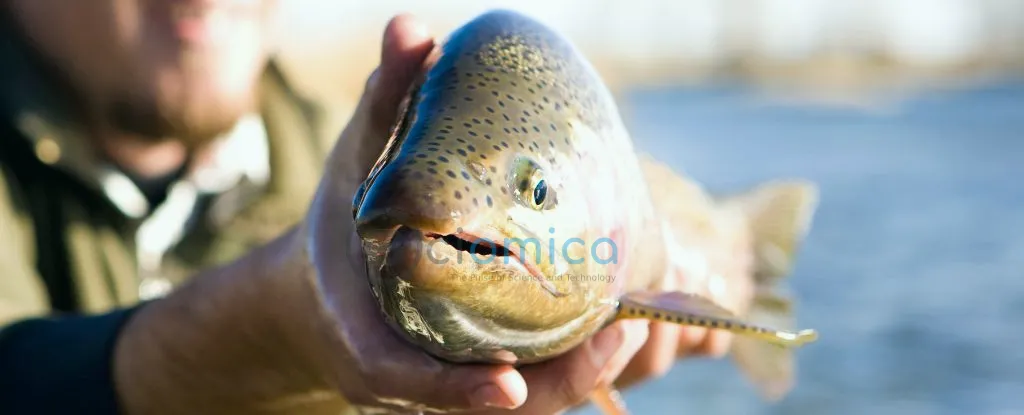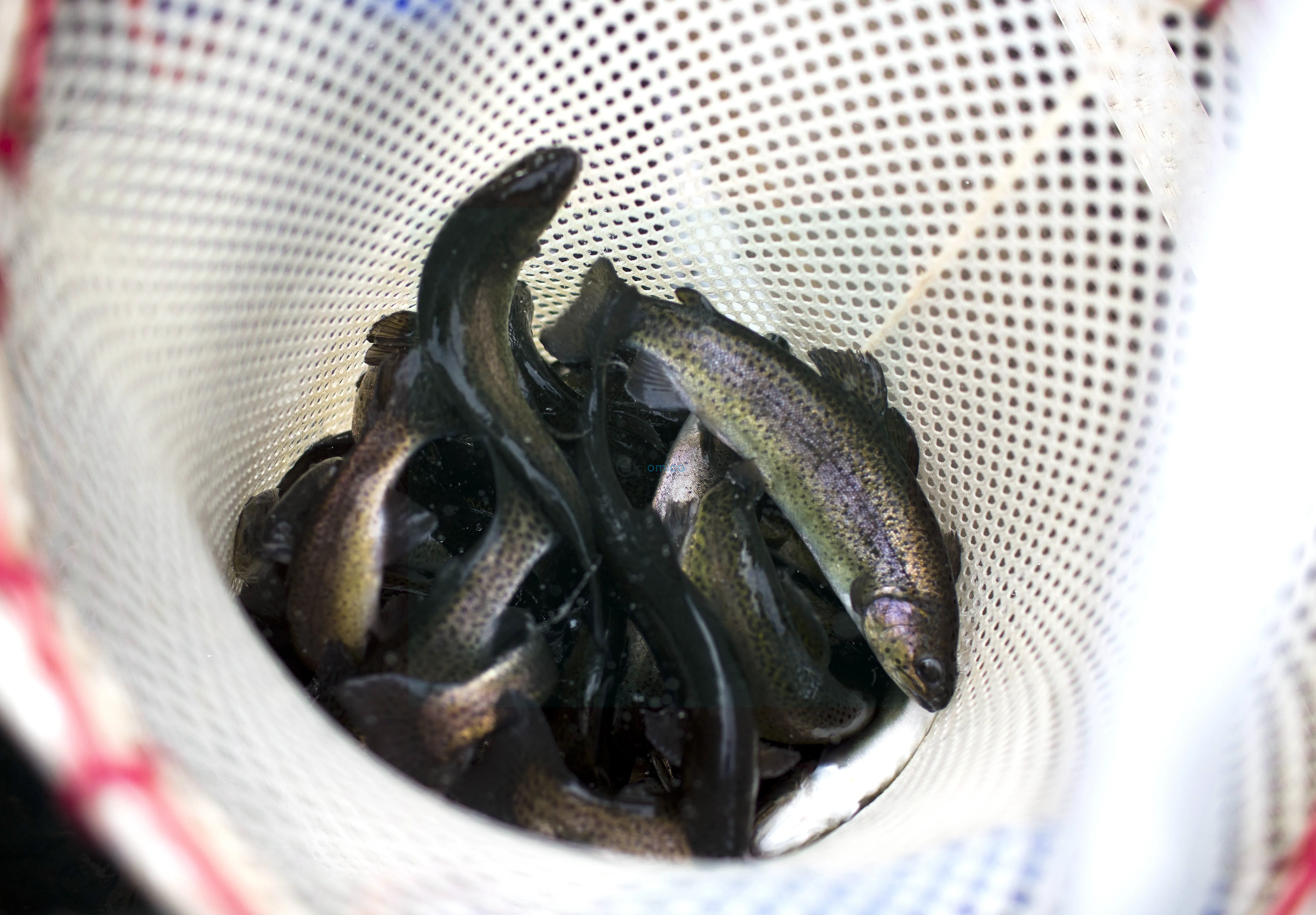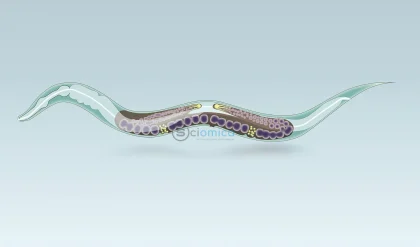
In a sobering revelation for the fishing industry, a recent study has quantified the pain experienced by fish during common slaughter methods, shedding light on the suffering of over a trillion fish pulled from the water annually for consumption. This alarming research suggests that rainbow trout, a fish species originally from cold waters of the Pacific Ocean and now farmed worldwide, can experience substantial distress before death.
Typically, these fish are dispatched through methods that cause asphyxiation, either by exposure to air or by immersion in ice water. This method, while cost-effective for mass production, has been found to inflict up to 22 minutes of intense pain on each fish, according to a study led by Cynthia Schuck-Paim from the Welfare Footprint Institute.
The study highlights how animal suffering is challenging to measure, leading researchers to establish a standardized evaluation framework known as the Welfare Footprint Framework (WFF). This tool aims to allow professionals in animal-related fields—like biologists and farmers—to assess and enhance animal welfare standards effectively.
The authors of the study noted a growing societal concern regarding the welfare impacts of various production practices, which is reflected in consumer-driven initiatives and legislative changes aimed at prioritizing animal well-being. They emphasized that their findings serve as the first quantitative assessment of pain associated with fish slaughter, indicating significant potential for the adoption of more humane stunning techniques.
…
To create a clearer understanding of fish suffering, researchers meticulously reviewed numerous scientific papers, revealing a disturbing reality: exposure to air for as little as five seconds triggers a neurochemical response akin to negative emotions in humans. This response is accompanied by vigorous movements, indicating intense distress as the fish struggle without water.
The researchers found that the gills of fish, essential for exchanging gases, become stuck together when out of water, leading to a buildup of carbon dioxide. This, in turn, activates nociception—the body’s warning system—causing the fish to gasp for air. Overall, without water, this distress can last anywhere from 2 to 25 minutes, depending on the fish’s size and the conditions surrounding the slaughter process.

The authors suggest that employing electrical stunning—a proposed humane alternative—might save significant amounts of time associated with fish suffering. However, the effectiveness of electrical stunning can vary dramatically, complicating its application as a foolproof method for killing fish.
Schuck-Paim and her colleagues stress that the welfare impact of any stunning method is heavily influenced by the entire harvest process, affected by various pre-slaughter stressors. The WFF can help assess the welfare implications of these processes and pinpoint effective intervention opportunities.
As our understanding of fish suffering expands, this research encourages more humane practices within the fishing industry, emphasizing the need to reconsider the costs associated with human activities from the perspective of animal welfare. By quantifying the pain linked to fish slaughter methods, there is potential to enhance care and ensure better welfare for billions of fish that ultimately end up on our plates.
The study is detailed in Scientific Reports.






